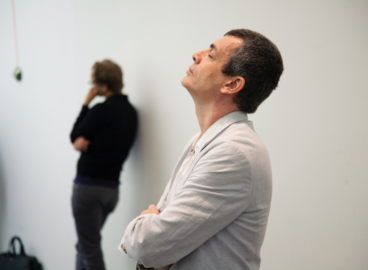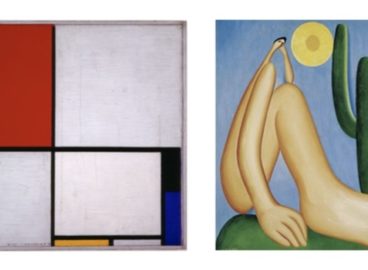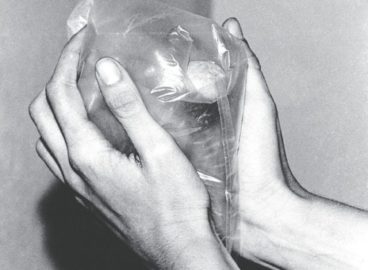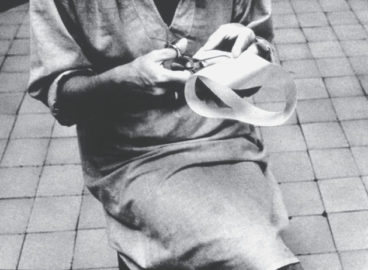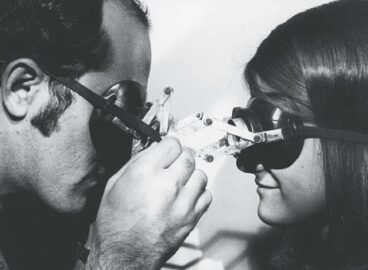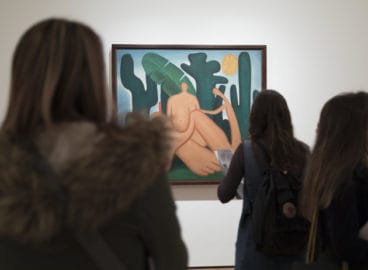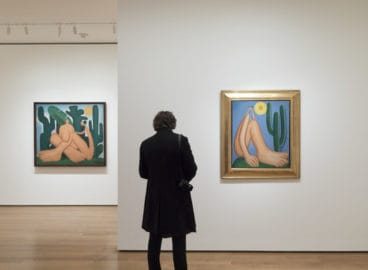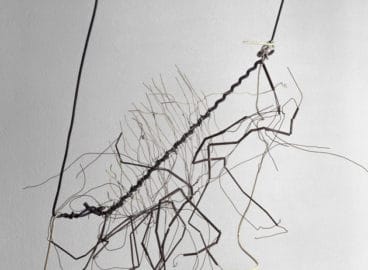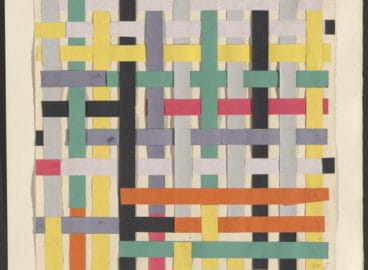Carlito Carvalhosa: Sum of Days
Carlito Carvalhosa, falecido em maio aos 59 anos, foi uma das figuras contemporâneas mais elogiadas da arte brasileira. Nesta homenagem ao saudoso artista, Luis Pérez-Oramas reflete sobre a sua colaboração para a exposição de 2011 no Museu de Arte Moderna Carlito Carvalhosa: Sum of Days.
